Download the full PDF Report here:
Executive Summary
The world is moving into overdrive. The first industrial revolution lasted 120 years, the second roughly 60 years, and the third 20 years; the fourth is in its fifteenth year, and the fifth is likely to be significantly shorter. Technology has moved at what Microsoft founder, Bill Gates, called the speed of thought. The capital market has also thrown a few gears as trading activities have moved from open outcry to on-floor digitally traded platforms to off-floor remote trading. Technology is increasing the speed of transactions, the efficiency of payment and settlements, and the access to market-sensitive information. The capital market trading world is now a digital bubble.
Building on digital advances, global capital markets are navigating ways to improve investor journey experience using digital blockchains through distributed ledger technologies or DLTs. A distributed digital ledger is a decentralised set of servers that handle different aspects of digital databases from separate locations to enable faster processing and more precise analytical interpretation of the data flow (see illustration 1 below).
Illustration 1:
For example, if the Nigerian Central Securities Clearing System (CSCS) decided to use DLT, it would accelerate the speed and accuracy of the current payment and settlement process and ensure tighter security over digital information flow. Since database nodes would be independent and have equal status with no central command and control structure, the technology provides better data protection.
Improved data protection would establish greater user confidence. Layered on this would be the adoption of artificial intelligence and machine learning (AI/ML) which would support institutional aspirations to meet customer expectations.
Online, equity and debt trading would equally benefit from the adoption of DLT. Asset Brokers would have undeletable mirror images of booked transactions on multiple nodes or servers, ensuring that each transaction has a permanent digital footprint. In a DLT world, a few ethically-challenged practices of trade brokers would have been inconceivable. If DLT had been used in the payment and settlement systems of the 1990s and mid-2020s, a few gory tales of states losing money because of broker misapplication of funds would not have occurred.
Instances of funds diversion, wrong account statements, and delayed transaction execution would be inconceivable. States could monitor the use of funds by brokers and confirm the purchase and sale of state-owned equities in real time. Decentralising data and the simultaneous update of transactions across multiple nodes would have raised red flags where unauthorised transactions had occurred.
Beyond transparency and speed, DLT enables market participants to decide on market actions with a clearer understanding of a market’s state of play. The improved corporate agility facilitated by a decentralised data management system allows blockchain technology to be applied to capital market transactions safely, efficiently, and effectively.
With volatility, uncertainty, complexity, and ambiguity (VUCA) dominating markets globally, finding calm within a framework designed to provide users with bespoke but shared benefits is the peace imposed on a stormy ocean of trading outcomes. Decentralised ledger technology tightens privacy and data vulnerability risks. With the capital market financial infrastructure (MFIs) adopting DLT, the Nigerian capital market is prepped to improve service delivery quality and lead the charge toward a network of African Exchanges that permit portfolio diversity and country derisking.
DLT will be a significant breakthrough in helping African investors improve their investment returns by trading a wider variety of assets or debts across broader continental markets. Admittedly, innovation comes with its dark sides, but in a world overshadowed by greyness, DLT sheds some light and warmth.
Of Blockchains, Cryptocurrencies, and FTX
However, with the problems of blockchain-based cryptocurrency exchanges like FTX, which imploded on the back of transaction obscurity, governance inadequacy, and technical weakness, DLT might come in for closer scrutiny.
The FTX imbroglio is instructive but not definitive. In other words, while lessons could be learned from a corporate governance view, from a technical perspective, distributed ledger technology is a stride into the future of digital payment and settlement solutions. The consumer’s pain is a safe, transparent, and speedy asset/investment transfer mechanism, and as a solution, DLT provides the gains of market efficiency and effectiveness at lower transaction costs.
The lesson of the FTX meltdown is that greed is infectious and cancerous. The fact that Regulation is kept tight or that investor oversight is keen will not stop technology from being misused. The monetary gains from gaming the system are too strong an attraction for tech buffs who want to live easy lives.
David Schwartz, chief technology officer (CTO) of Ripple Labs, noted, “Regulation that punishes after the fact won’t catch it. Investor due diligence won’t either. Of course, many people will say it could be, and likely is, happening, but they’ll be shouted down by accusations of sowing FUD or upsetting a system making people money.”
“This kind of thing will always happen unless it cannot happen,” he noted. “The temptation is irresistible. That is one of the most important lessons of FTX. But most people will actively choose not to learn this lesson because of, among other things, the elephant in the room.”
Will the FTX problem knock the stuffings out of blockchain and distributed ledger technology? Certainly not. While the cryptocurrency market undergoes a cold reality check, blockchain and DLT applications will thrive in several other less speculative, more governance-guided, and significantly less obscure uses. Using DLT in the capital market will show what blockchain technologies can do to help improve the regulator and client service experience.
The lesson of the FTX meltdown is that big elephants should never stay in the room. Regulation, technical knowledge, and governance practice standardisation should be part of the sandboxes created before trading technologies go live in markets. Good technologies require great oversight.
The 8th Online Trading Ranking Report is segmented into 9 sections. Section 1 takes a quick review of digital transformation and the diverse interests of stakeholders in distributed ledger technology. It considers the doubts, pains, and opportunities the decentralised technology presents to market efficiency. The section also describes the priorities of various stakeholders in adopting digital technologies, recognising the benefits of lower cost structure, new asset class, improved processes, transparency, multijurisdictional, liquidity, and business preservation.
Section 2 of the report examines the future of the capital market. The section recognises that part of the concerns that have preoccupied stakeholders and now represent the regulators' brief in the future is the need to increase the size of market capitalisation relative to the country's GDP. It compares regional and global pairs on the alignment between market capitalisation and GDP. The section further recognises the future of trading in light of the African Exchanges Linkage Project and highlights the analysts' expectations on the future of the capital market.
Emerging technologies have changed the dynamics of the global capital market, including the market's liquidity. Section 3 provides a peep into how operators and other stakeholders can create an agile and nimble information technology environment. The section reviews how ICT has facilitated the market's speed, ease, and efficiency. It boldly outlines the channels in which information technology facilitates market liquidity.
In Section 4 of the report, the authors revise the previous ranking for the benefit of hindsight. The section provides readers with an understanding of the dynamics associated with the emergence of young investors and the opportunities and threats in unifying Africa's trading platforms. It reviews how online trading platforms perform in the previous ranking.
Section 5 of the report identifies the competitive edge of capital market operators. This section describes how and factors that trigger capital market competitiveness to weigh the state of play of operators in the Nigerian capital market on the competitiveness metrics.
Section 6 captures the heart of the report, where the survey outcome is presented and interpreted. The section ranks trading platforms according to the responses of users of the different trading platforms and the rank given for service delivery quality, speed, agility, and innovation, among other criteria. The survey presents metrics and empirical evidence to users of online services to assess the operators' relative user experience and interface-friendliness (UX/UI). It provides operators with insights into where their service offering converges, exceeds investors' expectations, or below expectations. The survey also provides operators with speedy service comparison, which could lead to service repositioning to improve customers' experience.
Having presented the performance of trading platforms, Section 7 appraises the regulatory efficiency in the market through the lens of emerging technologies and changing investors' tastes. This section of the report, which takes a tour of regulatory technology, highlights conditions that undermine regulatory oversight and largely tech-enabled triggers that promote regulation for transparency and market efficiency.
Section 8 briefly outlines the survey's methodology. It describes how the poll was conducted and how the results were collated to provide insights into client/user experience.
The conclusion segment of the report, Section 9 provides readers with inferences from the survey and makes recommendations for market stakeholders. The section underscores the importance of regulations and service offerings that converge with emerging market technologies and the changing investors' preferences.
The remaining sections of the report cover references to previous reports and videos; acknowledgement of capital market stakeholders most directly linked with the report; and relevant disclaimers.
Download the full PDF Report here:
 Lagos, NG • GMT +1
Lagos, NG • GMT +1











 816 views
816 views
















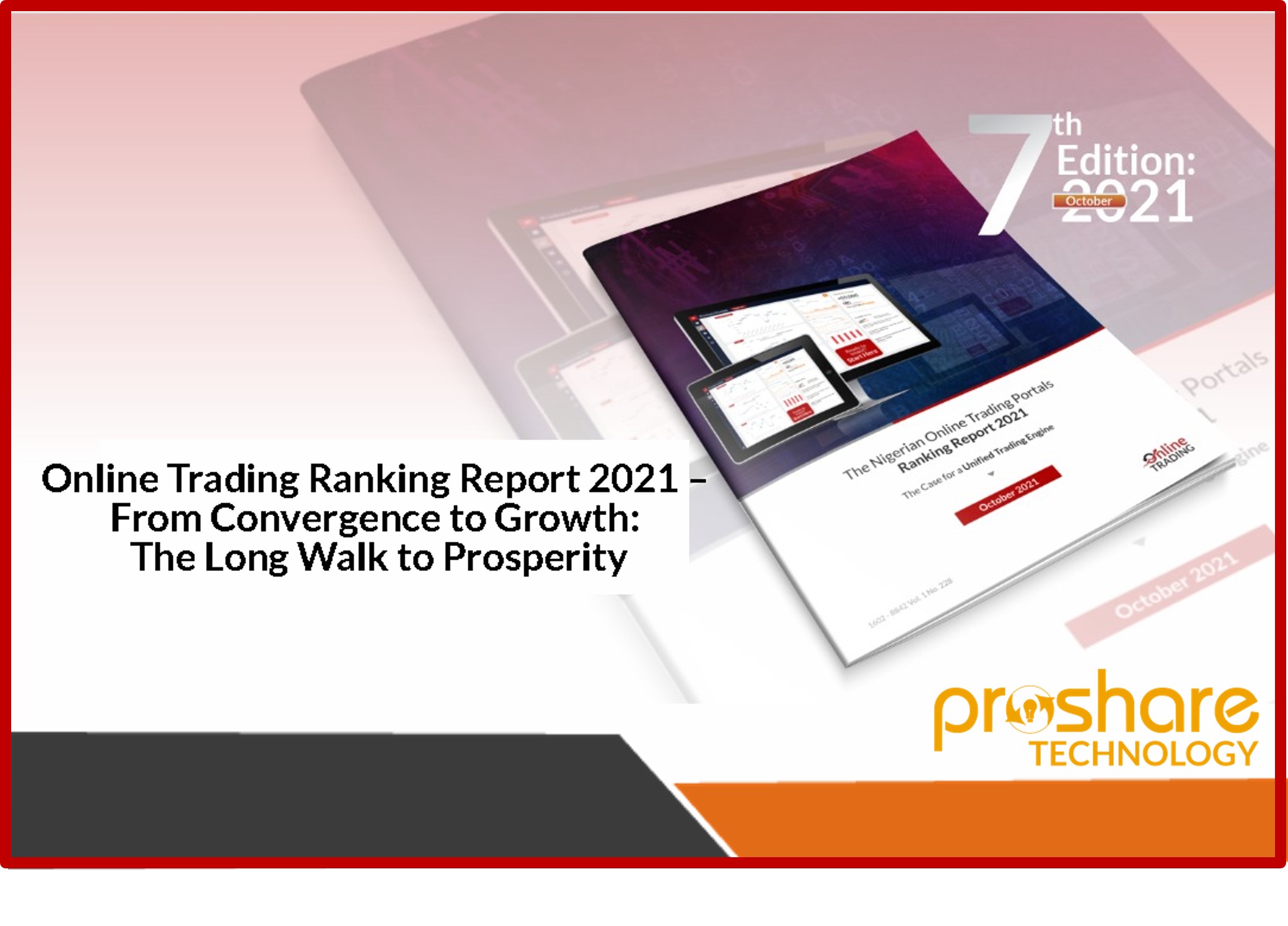
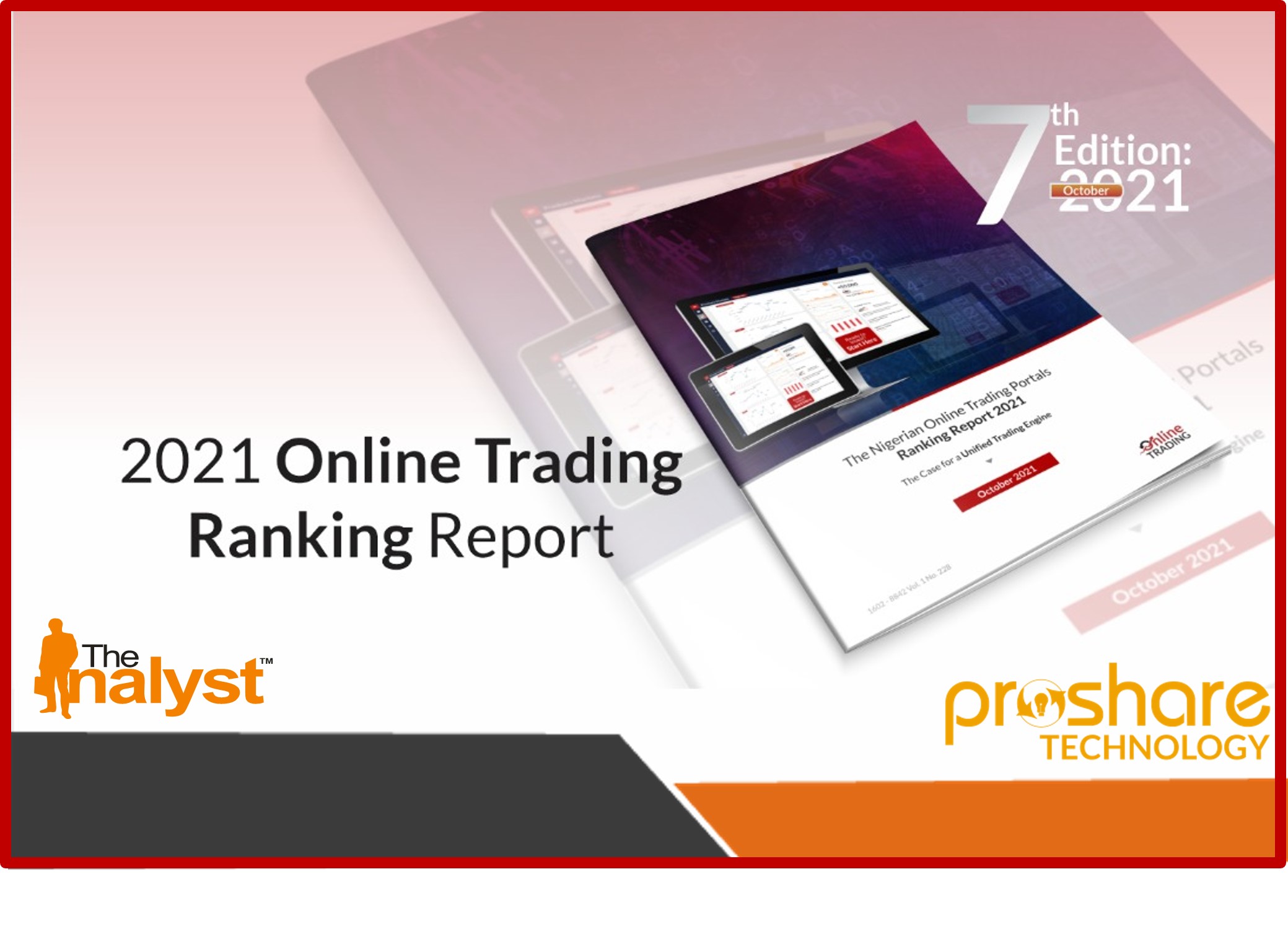
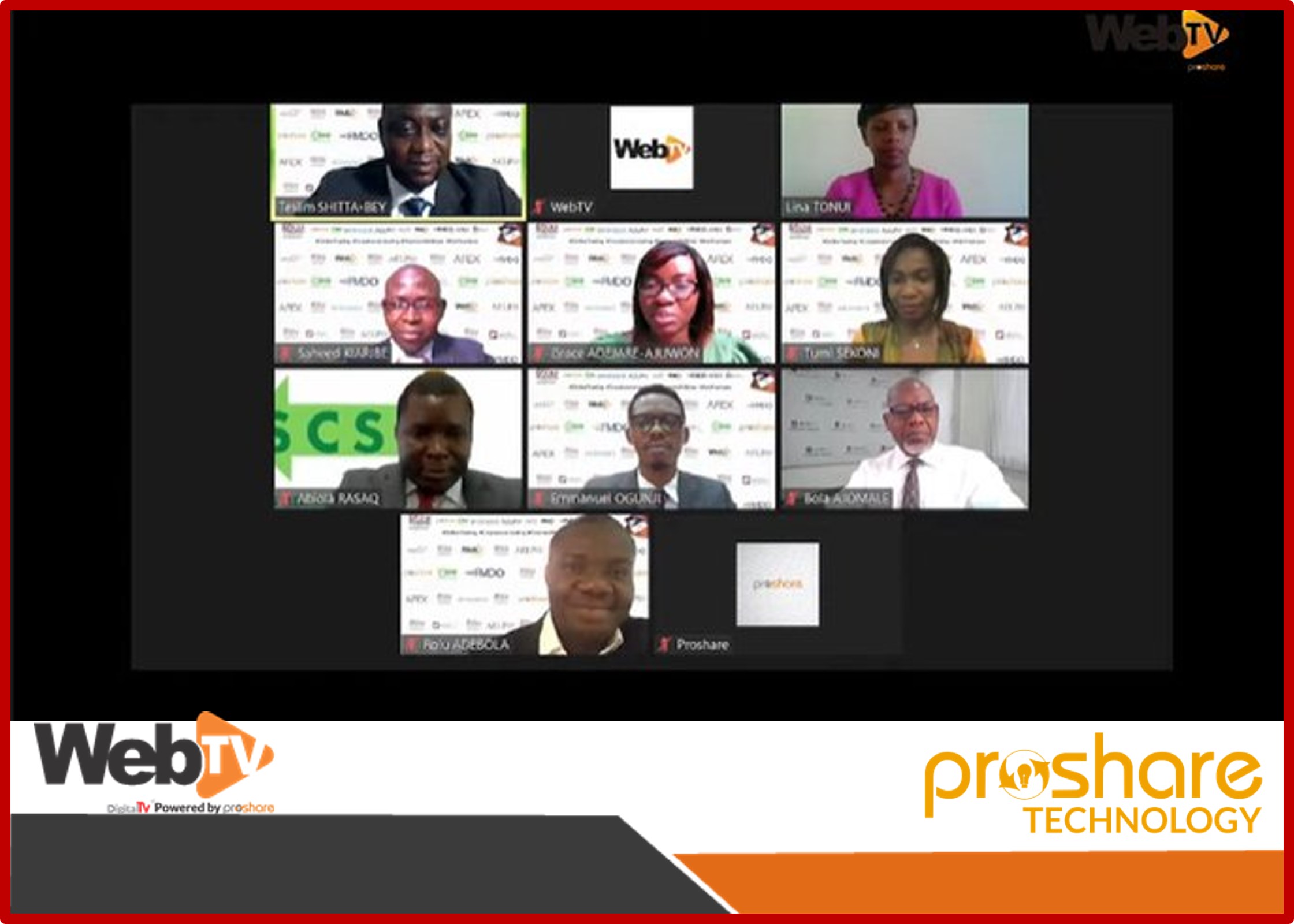
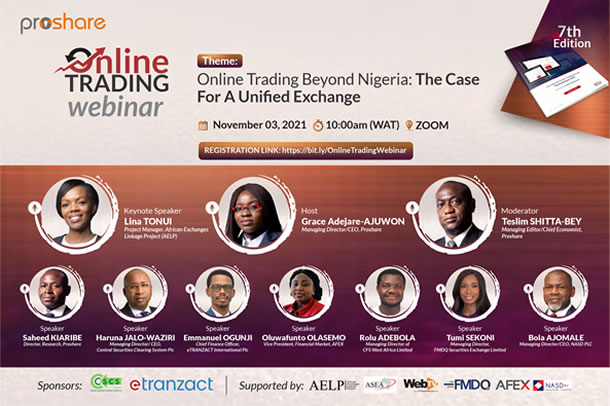

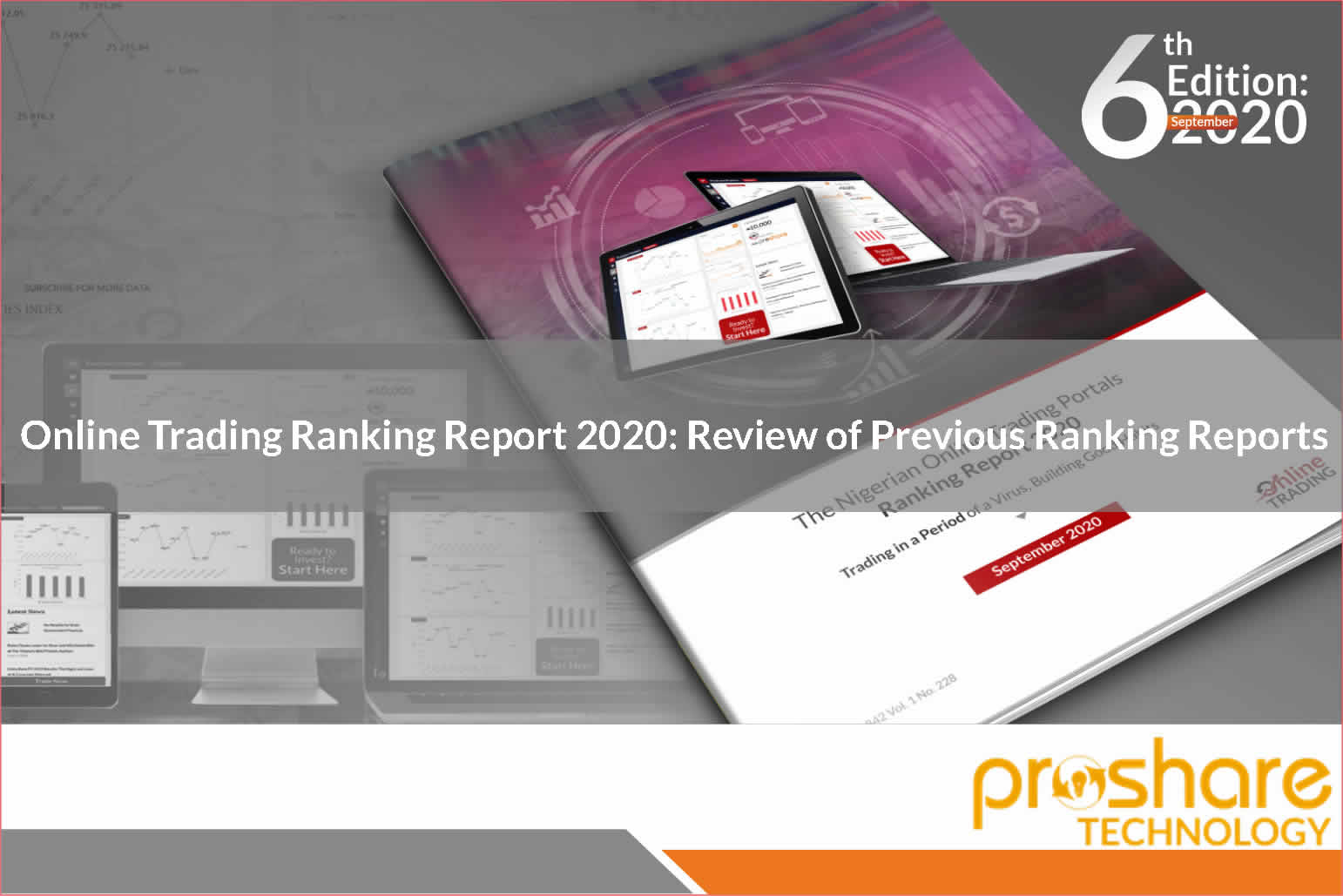
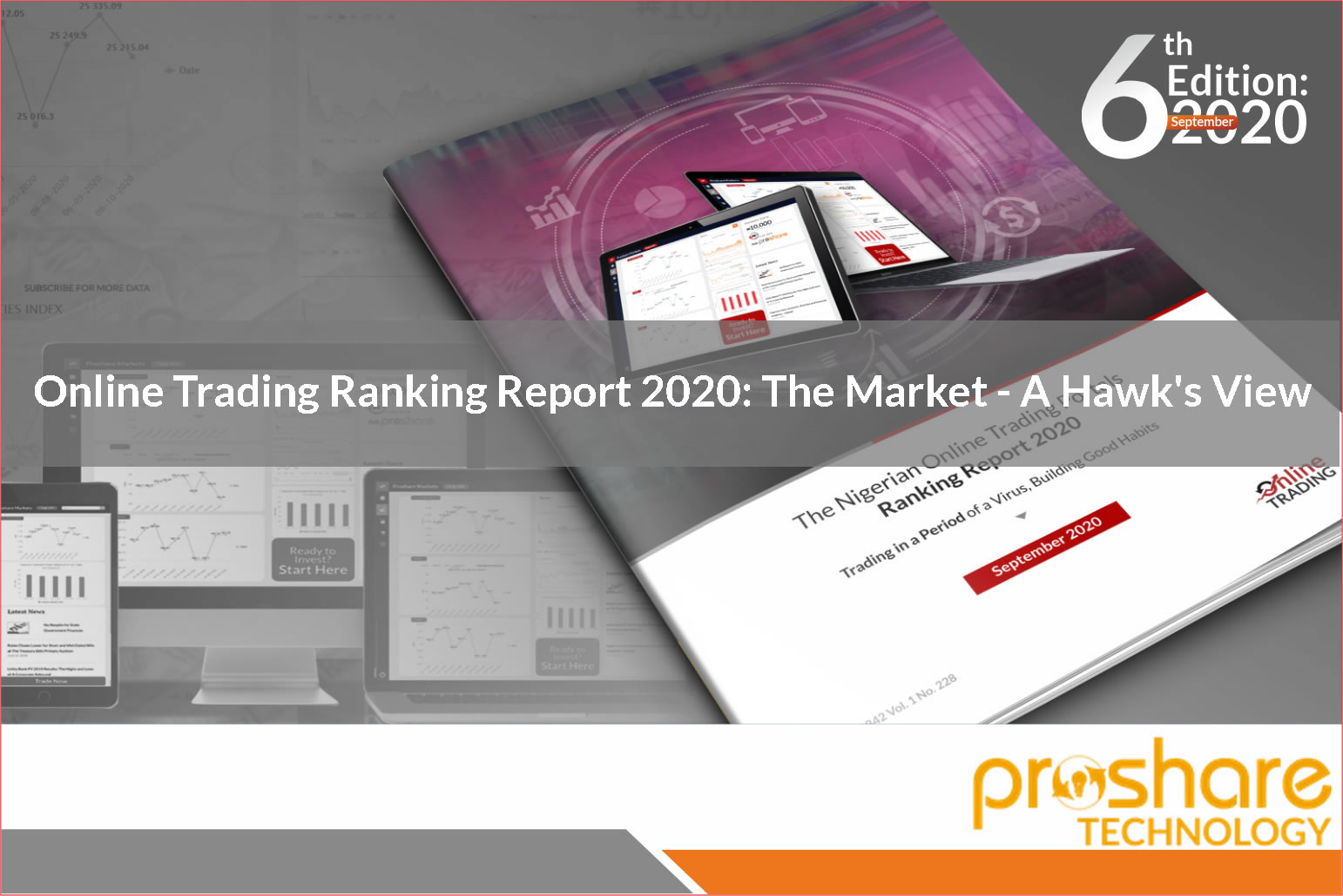
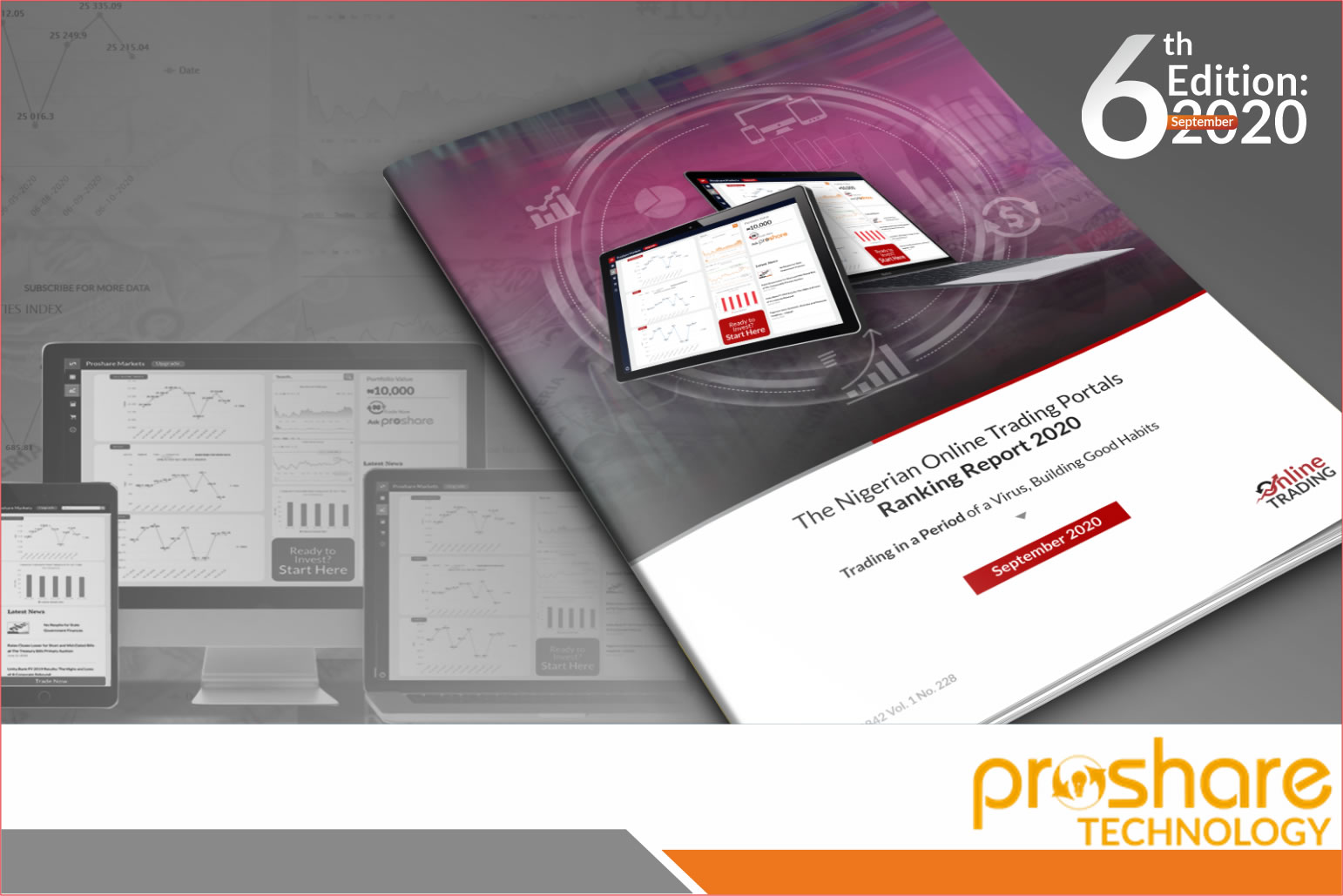

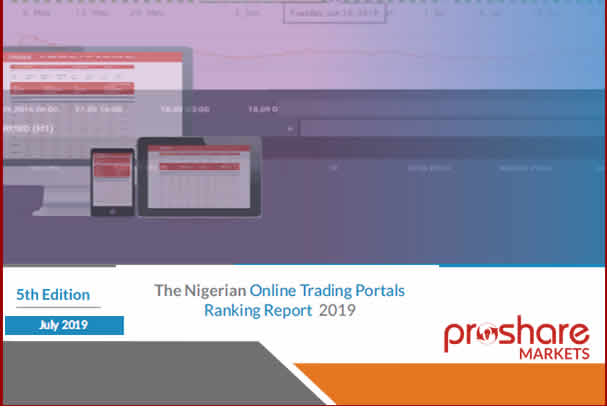
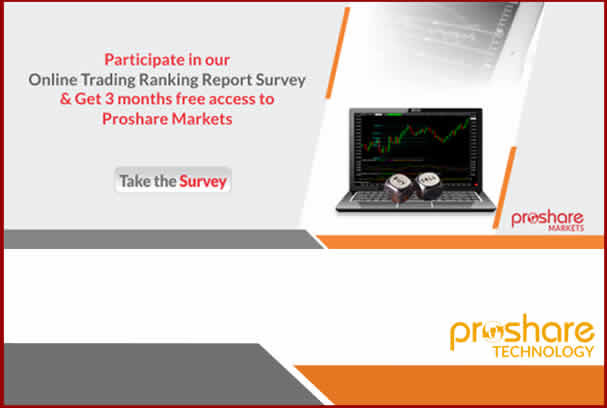
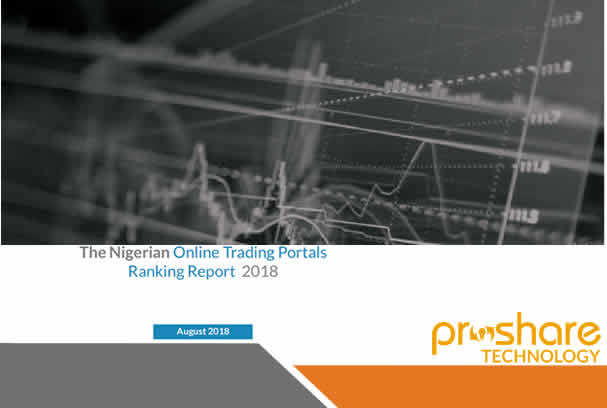
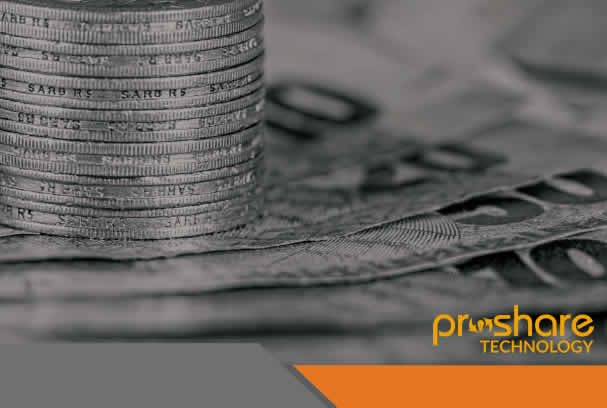
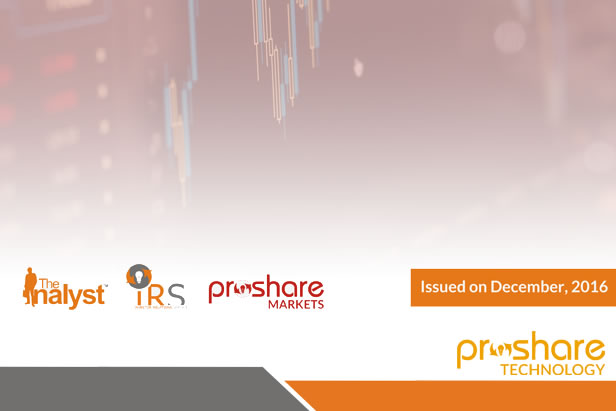
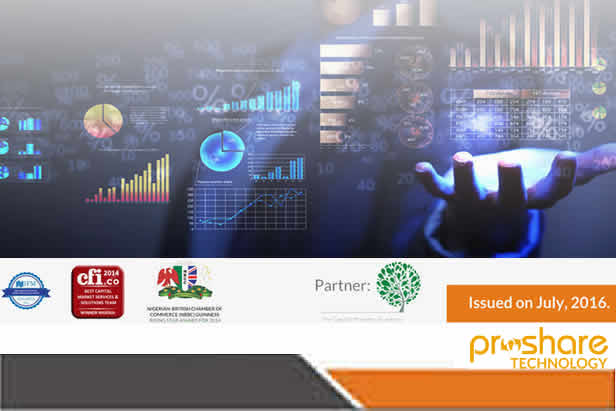





 Sponsored Ad
Sponsored Ad
 Advertise with Us
Advertise with Us









